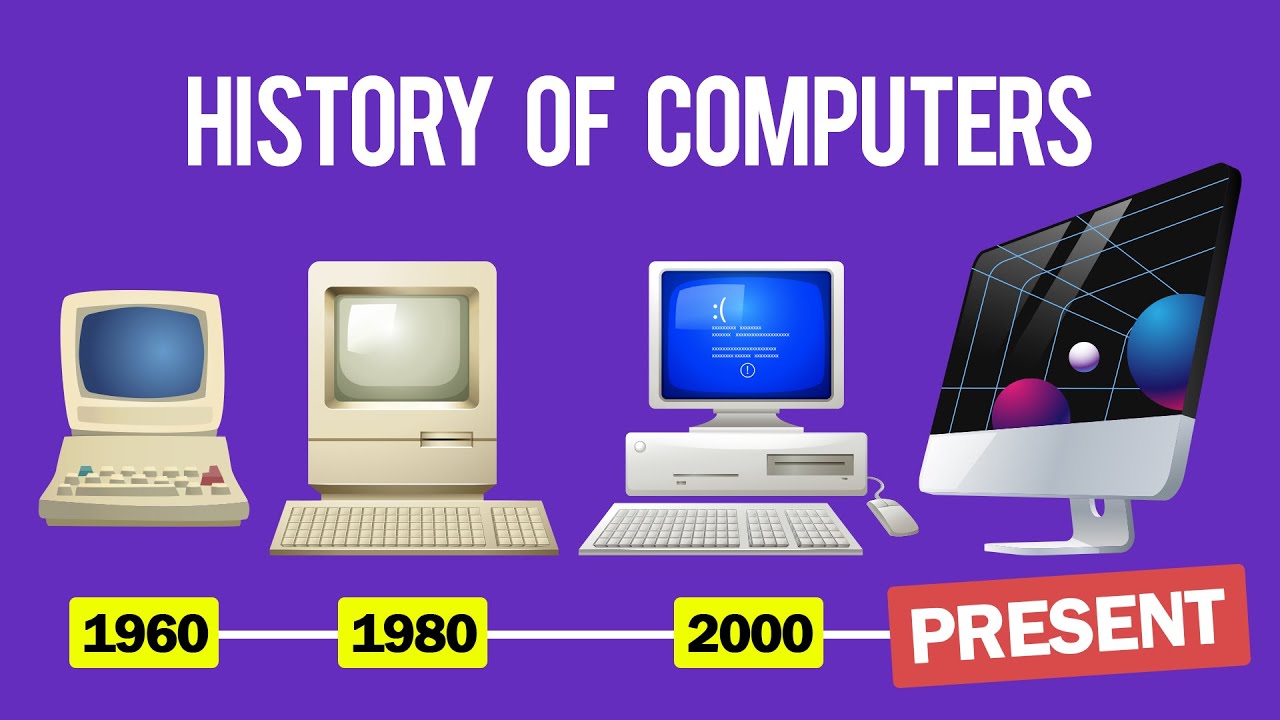The personal computer (PC) has come a long way since its inception in the mid-1970s. The first PCs were large, expensive, and primarily used by businesses, but over time they have become smaller, more affordable, and accessible to consumers worldwide. Here, we will explore the history and evolution of the personal computer, from its beginnings to the advanced devices of today.
The first personal computer, the Altair 8800, was created in 1975 by a company called MITS. It used an Intel 8080 microprocessor and required users to program in binary code using toggle switches on the front of the machine. Despite its limited capabilities, the Altair 8800 was a groundbreaking development that paved the way for the personal computing revolution.
In 1977, Apple Computer introduced the Apple II, which was the first successful personal computer to be sold directly to consumers. The Apple II used a MOS 6502 microprocessor and had color graphics and a built-in BASIC programming language, which made it much easier to use than the Altair 8800. This new level of user-friendliness helped to popularize personal computing, and Apple soon became one of the most successful technology companies in the world.
IBM introduced its first personal computer, the IBM PC, in 1981. The IBM PC used the Intel 8088 microprocessor and came with the Microsoft Disk Operating System (MS-DOS), which quickly became the standard operating system for personal computers. The IBM PC was more powerful than the Apple II and was adopted by businesses worldwide, making it the dominant personal computer for much of the 1980s.
During the 1990s, the PC underwent several significant changes. The introduction of the graphical user interface (GUI) and the mouse made personal computers much easier to use, and the rise of the Internet helped to popularize the PC even further. At the same time, the introduction of the Intel Pentium processor marked a new era of performance and power, allowing PCs to run more complex software and perform faster.
The early 2000s saw the rise of the laptop computer, which offered many of the same capabilities as a desktop PC in a portable form factor. This new type of PC was ideal for students and professionals who needed to be able to work from anywhere, and it soon became one of the most popular forms of personal computing. Additionally, the introduction of the Microsoft Windows operating system and the widespread use of the Internet and e-mail helped to cement the PC as the dominant form of computing.
Today, personal computers continue to evolve and improve. Laptops have become thinner and lighter, with longer battery life and improved performance, while desktops have become more powerful and feature-rich. At the same time, new forms of personal computing, such as tablets and smartphones, have become increasingly popular, offering consumers a new way to stay connected and stay productive.
The future of personal computing remains uncertain, but one thing is certain: the personal computer has changed the world in countless ways. From its humble beginnings as a tool for businesses, the PC has become an indispensable part of our lives, offering us new ways to communicate, work, and play. As technology continues to advance, it will be exciting to see how the personal computer continues to evolve and what new capabilities it will bring in the years to come.
In conclusion, the personal computer has come a long way since its inception in the mid-1970s. From the Altair 8800 to the smartphones and laptops of today, the PC has undergone many changes, with each new development making it easier to use, more powerful, and more accessible to consumers worldwide. As technology continues to evolve, it will be fascinating to see how the personal computer continues to shape our world.
Free Speech and Alternative Media are under attack by the Deep State. Real News Cast needs reader support to survive. Please Contribute via GoGetFunding


